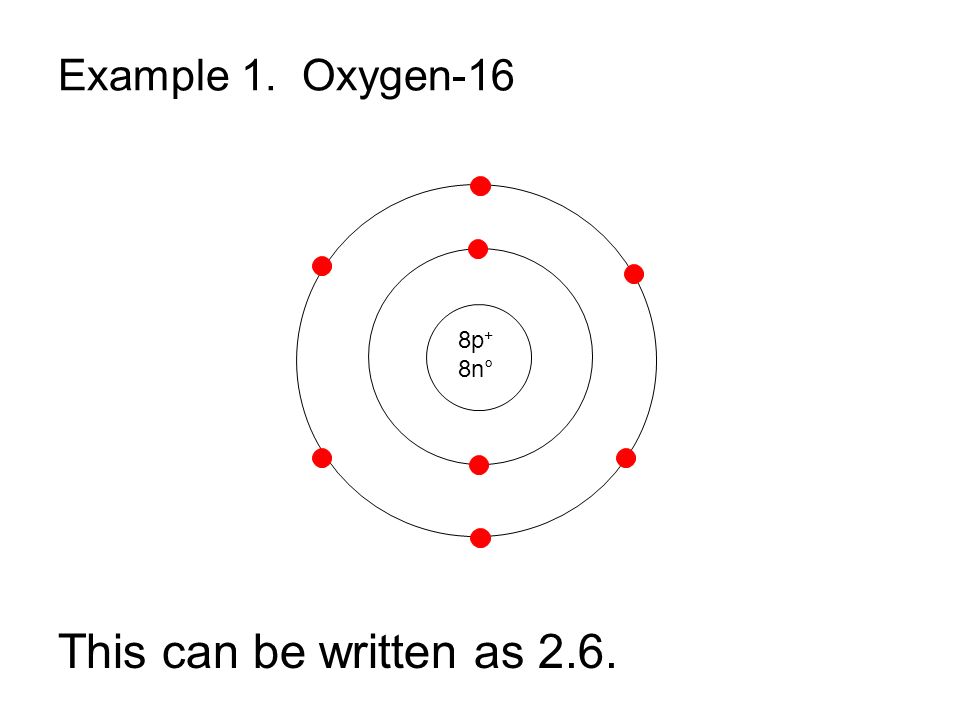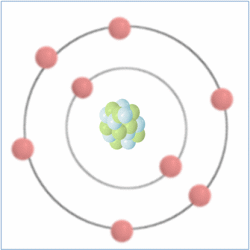

Computational Approach to Molecular Catalysis by 3d Transition Metals: Challenges and Opportunities. Kirkland, Jacob Townsend, Ali Hashemi, Chong Liu, Evgeny A. The Journal of Physical Chemistry A 2019, 123 Theoretical Investigation of Water Oxidation Mechanism on Pure Manganese and Ca-Doped Bimetal Oxide Complexes.

Redox Tuning via Ligand-Induced Geometric Distortions at a YMn3O4 Cubane Model of the Biological Oxygen Evolving Complex. Journal of the American Chemical Society 2020, 142 S = 3 Ground State for a Tetranuclear MnIV4O4 Complex Mimicking the S3 State of the Oxygen-Evolving Complex. Effect of Lewis Acids on the Structure and Reactivity of a Mononuclear Hydroxomanganese(III) Complex. “Canopy Catalysts” for Alkyne Metathesis: Molybdenum Alkylidyne Complexes with a Tripodal Ligand Framework. Gordon, Christian Wille, Nils Nöthling, Christophe Copéret, Alois Fürstner. Julius Hillenbrand, Markus Leutzsch, Ektoras Yiannakas, Christopher P.Bridging Polyoxometalate-Based Mn4 Cubane Clusters with Inorganic Phosphates: Structural Transformation and Magnetic Properties. Zhiwei Liu, Qing Chang, Weijie Wu, Weiye Yin, Yongle Chu, Wei Wang, Xikui Fang.Flexibility Enhances Reactivity: Redox Isomerism and Jahn–Teller Effects in a Bioinspired Mn4O4 Cubane Water Oxidation Catalyst. Ludwig Schwiedrzik, Vera Brieskorn, Leticia González.Electrochemical Properties and Reactivity Study of Cores. Geetika Gupta, Moumita Bera, Satadal Paul, Sayantan Paria.The Role of Redox-Inactive Metals in Modulating the Redox Potential of the Mn4CaO4 Model Complex. This article is cited by 87 publications. These results support recent proposals for the mechanism of the OEC, involving oxido migration between distinct positions within the cluster. 18O-labeling experiments provided mechanistic insight into the position of incorporation in the partial cubane structure, consistent with mechanisms involving migration of oxide moieties within the cluster but not consistent with selective incorporation at the site available in the starting species. The oxidative oxide incorporation into the partial cubane, Mn III 4O 3, was observed experimentally upon treatment with water, base, and oxidizing equivalents. These results indicate that even with a strong oxygen atom acceptor, such as PMe 3, the oxygen atom transfer chemistry from Mn 3MO 4 cubanes is controlled by ligand lability, with the Mn IV 3CaO 4 OEC model being unreactive. Experimentally, the lability of metal-bound acetates is greatest for Mn III 2Mn IV 2O 4. We found that the most favorable reaction path leads to partial detachment of the CH 3COO – ligand, which is energetically feasible only when Mn(III) is present. We used quantum mechanics to investigate the reaction paths for oxygen atom transfer to phosphine from Mn III 2Mn IV 2O 4 and Mn IV 3CaO 4.
#OXYGEN ATOM PLUS#
In contrast, our Mn III 2Mn IV 2O 4 cubane reacts with this phosphine within minutes to generate a novel Mn III 4O 3 partial cubane plus Me 3PO. We found that Mn IV 3CaO 4 and Mn IV 3ScO 4 were unreactive toward trimethylphosphine (PMe 3). We synthesized structurally relevant cuboidal Mn 3MO n complexes (M = Mn, Ca, Sc n = 3,4) to enable mechanistic studies of reactivity and incorporation of μ 3-oxido moieties. The oxygen-evolving complex (OEC) of photosystem II contains a Mn 4CaO n catalytic site, in which reactivity of bridging oxidos is fundamental to OEC function.


 0 kommentar(er)
0 kommentar(er)
